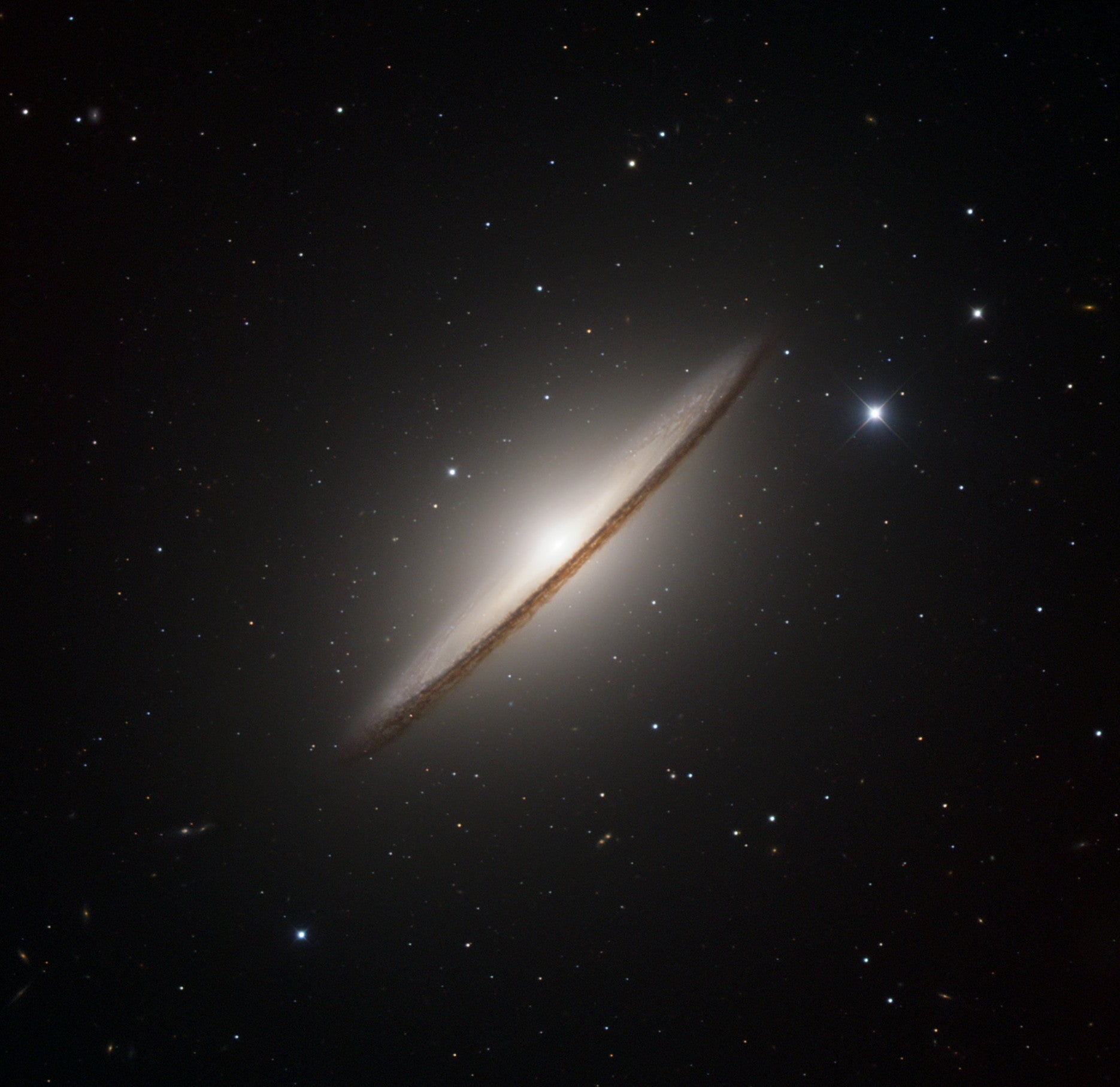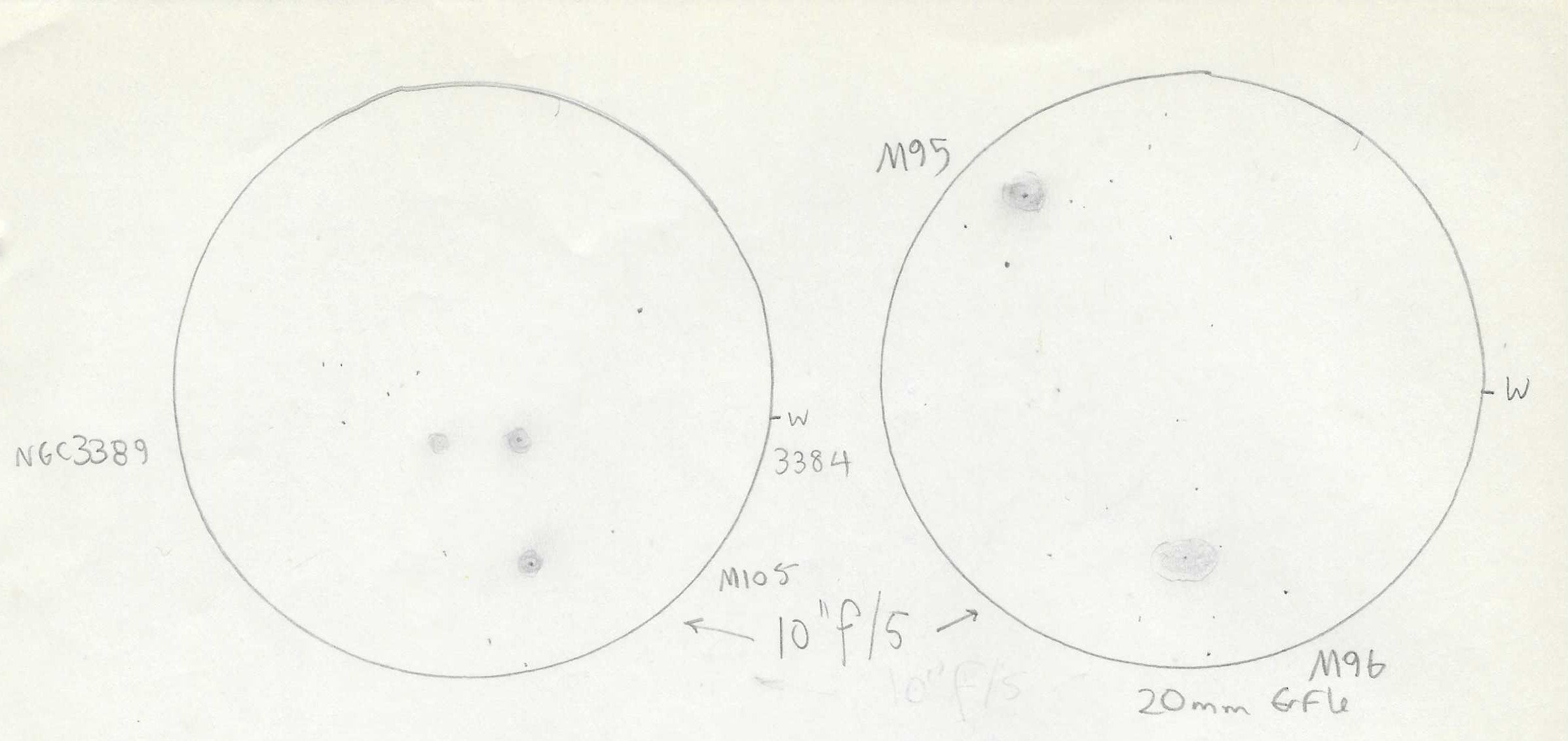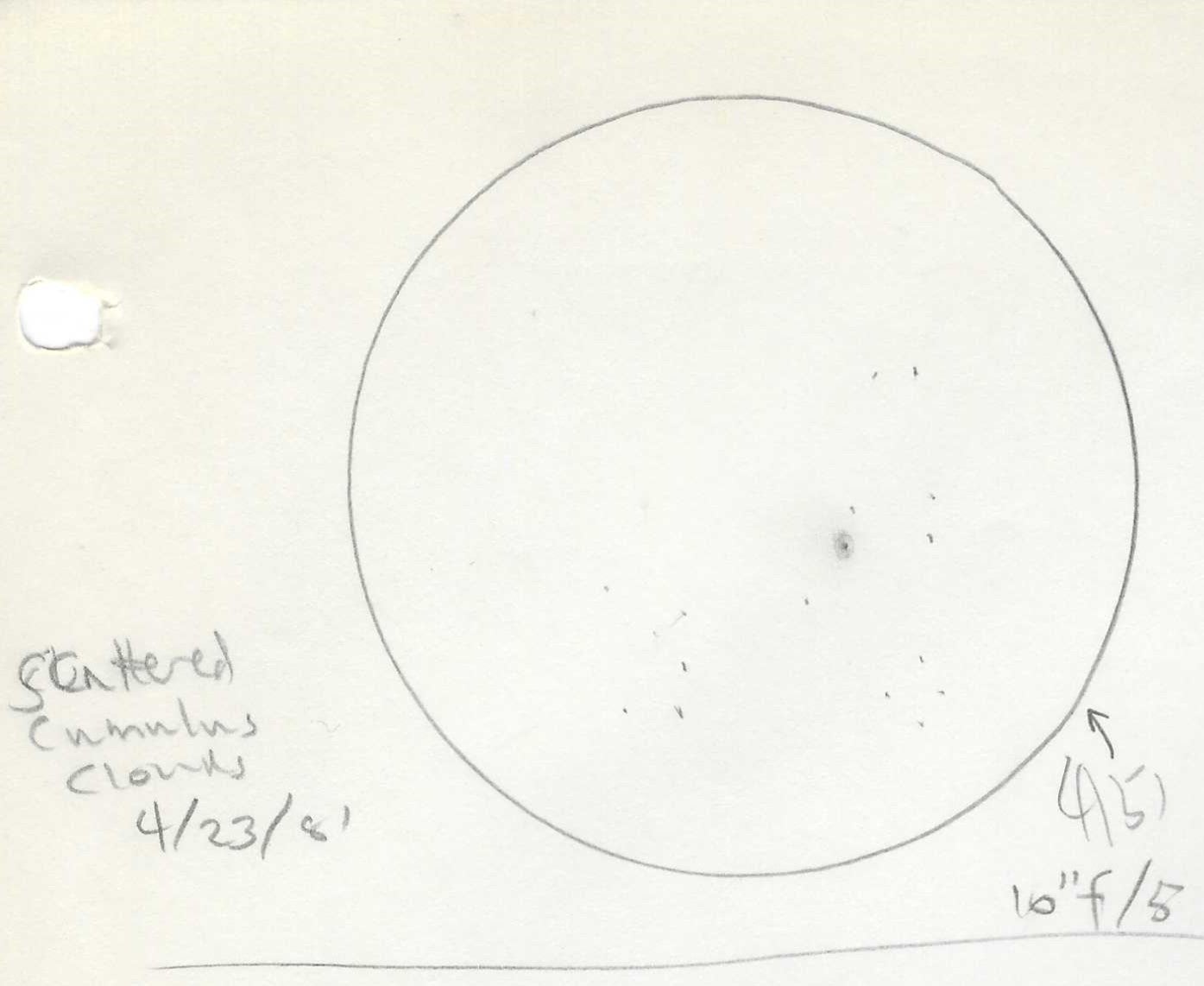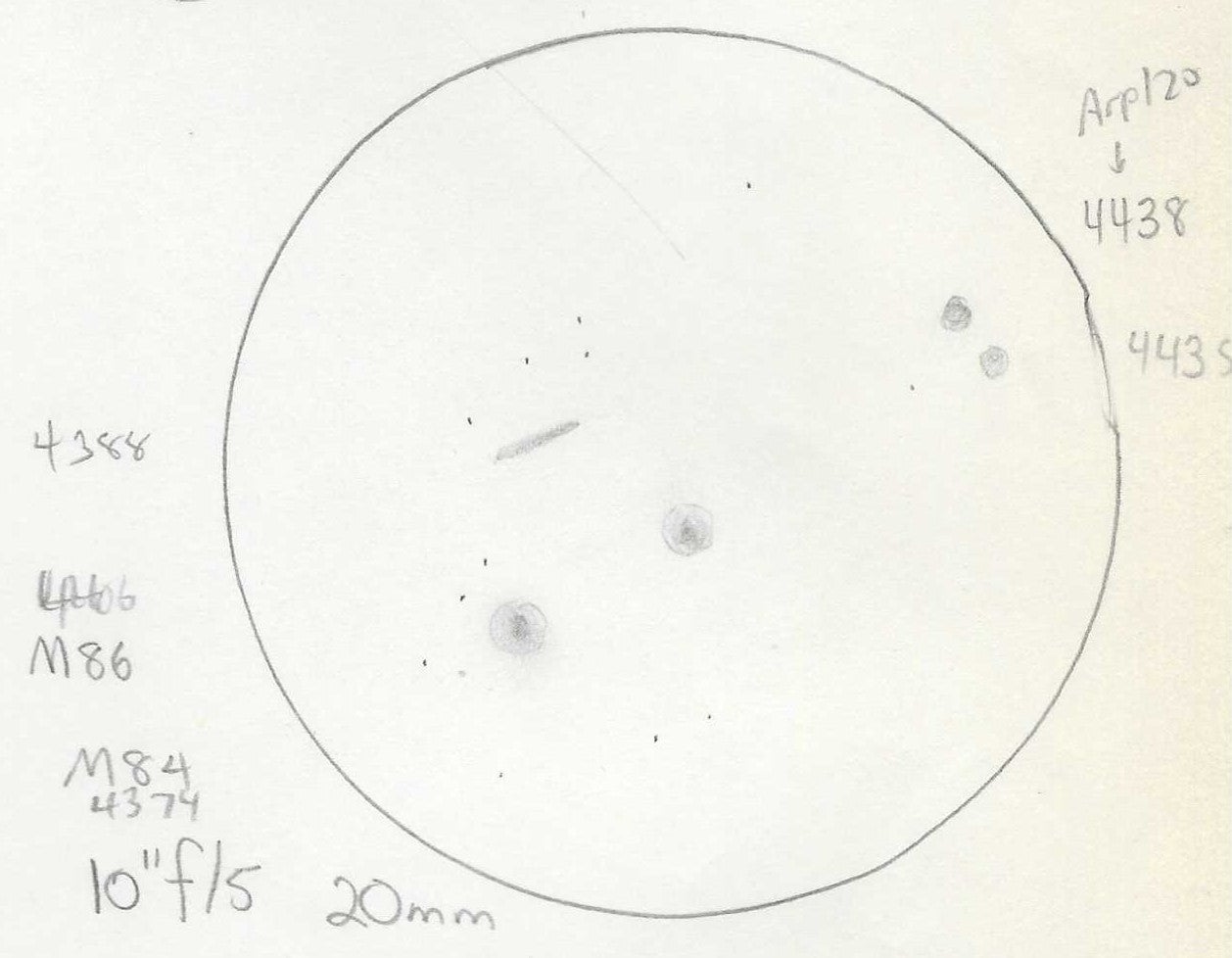
Observing has changed a lot in since Astronomy magazine was founded in 1973. Larger telescopes, better eyepieces, and improved filters are now widespread in the amateur astronomy community. But so is light pollution and increased haze from forest fire smoke. There seem to be fewer really dark nights for amateur astronomers, especially east of the Great Plains. This increases the challenge for anyone seeking diffuse objects, for whom good transparency is critical.
For galaxy observers, seeing detail is becoming more challenging with skies laden with moisture and particulates from smoke. So, what to do? The easy answer is to look at starry objects. But if you are a die-hard galaxy observer, that just doesn’t fill the need. My suggestion? Look at the central hubs of galaxies.
Why? There is a wide variation in what you can see from galaxy to galaxy. Whether you are using a small telescope or a big one, you can adjust your objectives. With small scopes, finding the center of the galaxy may prove to be the challenge. With larger apertures, detail is the goal.
What to look for
The central region of most galaxies has two parts: a hub consisting of older Population II stars (those are yellowish in color photos) and a dense nucleus. The nucleus often contains a supermassive black hole that may or may not be in an active state. The thrill of observing the centers of galaxies is determining what type of structure and how much detail visible. And while that varies with aperture, it is worth comparing one galaxy to another or even the same galaxy over different nights.
How to choose? As Edwin Hubble determined nearly a century ago, galaxies come in distinctive forms. In general terms, they are spirals, ellipticals, and irregulars. They are further divided today, but it is safe to say that central hubs are found in all but irregular galaxies, low-mass spirals, and exceedingly hard-to-find dwarf spheroidal galaxies. Normal and barred spirals (and those in between) have conspicuous hubs, from which sprout arms containing younger Population I stars. Ellipticals of all sizes may have bright central region but not a hub in the strict term, as the entire galaxy is uniformly populated by aging stars.
Let’s take a look at a few galaxies and compare them.
M95 and M96
M95 and M96 lie less than a degree apart in Leo, rendering both visible in the same field of view. M95, a class SBb barred spiral, has a brighter hub and nucleus than M96, which is a transitional spiral whose structure lies between that of normal and barred, and appears more uniform in a 10-inch scope.

M105, NGC 3384, and NGC 3389
A galaxy trio also in Leo includes M105, NGC 3384, and NGC 3389. M105 is a round elliptical galaxy classified as E1. It has a bright core visible in a 10-inch, which contains a weakly active supermassive black hole. NGC 3384 has interacted with M105 and is considered a lenticular galaxy, class SBO. It also has a bright core. The third galaxy is the faintest; this is the class SAc spiral NGC 3389. It is the most difficult of the three to spot under light-polluted or hazy skies.
NGC 4151
NGC 4151 in Canes Venatici is a bright Seyfert galaxy with an active central black hole. It is class SAab. This galaxy has a conspicuous stellar nucleus that’s easy to see in a 10-inch telescope. Seyfert galaxies are known for having active nuclei, often emitting X-ray and radio waves. These are a step down from quasars, galaxies whose light is drowned out entirely by their high-energy nucleus. All have massive black holes in various stages of consuming stars and diffuse matter.

M84, M86, and NGC 4388
M84, M86, and NGC 4388 form a trio in Virgo. The two Messier galaxies are giant ellipticals with a brighter central region. M84 is a class E1 elliptical; its core is partially obscured by dust that isn’t seen visually. M86 is a galaxy in transition between an elliptical and lenticular with the classification E3. It also has a bright central region. NGC 4388 is inclined 79o from face-on and is a dusty SA(s)b spiral. If this galaxy had a more open (face-on) perspective, its active nucleus would have a more stellar appearance like NGC 4151’s.

M104
That’s because the more edge-on a galaxy appears, the better it can hide its nucleus behind dust and stars. But there are some exceptions. First, when the galaxy is just titled slightly off from edge-on, a bright core might shine through. M104, the Sombrero Galaxy, is the classic example of this. The compact nucleus peeks out from the dust ring that surrounds this SAa galaxy. The hub is bright enough that the galaxy’s dark dust lane may be seen under less than “stellar” skies.
This is a very small sample of galaxies with bright cores or central hubs that make good targets under skies that have become more normal for observers near cities or in the more humid eastern U.S. If you would like to add to your list and aren’t sure where to begin, the rest of the Messier catalog is your best option. After that, the next tier are the Herschel objects, which are galaxies discovered by William Herschel (northern skies) or his son John (southern skies).









